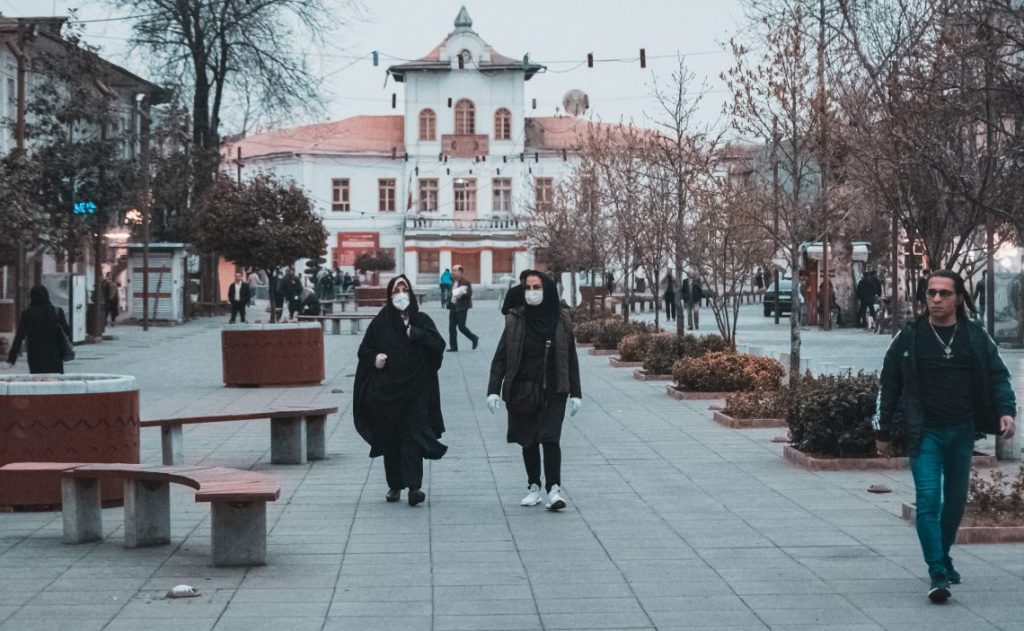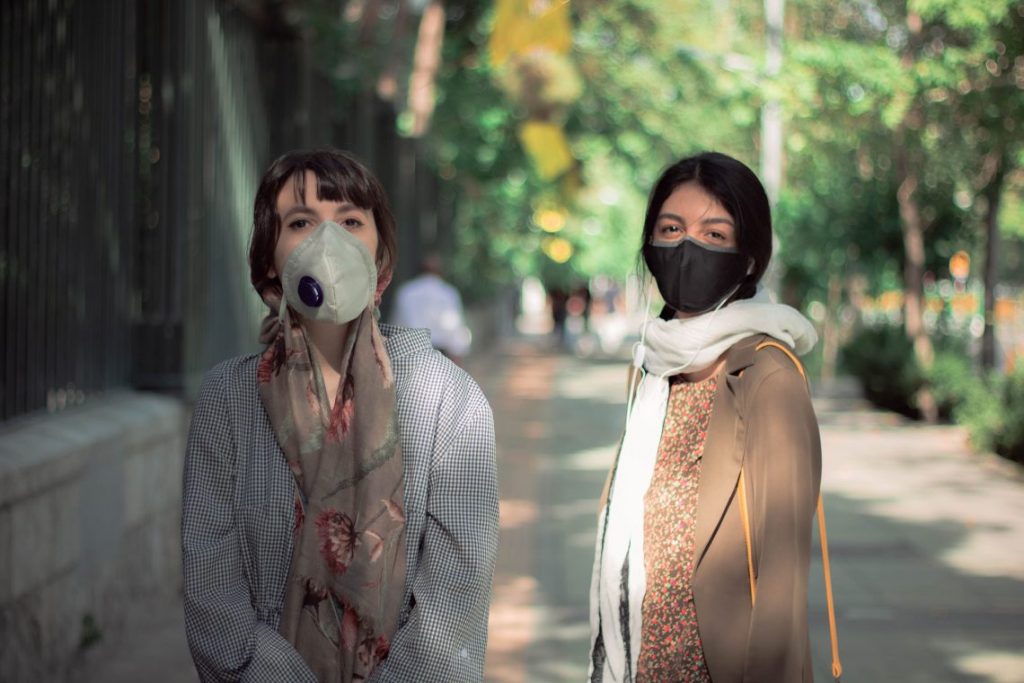As the world has started recovering from the Coronavirus (COVID-19) pandemic, life is gradually getting back to normal in Iran. The country was one of the first to be severely hit by the pandemic. But after nearly four months of isolation and measures to limit contamination, Iran is almost ready to welcome visitors again. Keep reading to learn more about the measures taken by Iran and what you can do to prepare for a fun and safe trip.
With traveling starting again all over the world, travelers are wondering: is it safe to visit Iran? How are things from the inside?
Last update: July, 14th
Applying to Visa after COVID-19
At the moment, it is not possible to apply online for tourist visas to visit Iran. Even though few tourist visas were approved early July, the Ministry of Foreign Affairs of Iran has suspended visa applications for the time being.
If you are willing to travel to Iran this summer and want to apply now, we suggest you trying to apply directly to the Iranian embassy of your country.
Secure your visa application: send us your request now and we will apply for you immediately when visas are offered again
Yet, Iran is working with its neighbors to reopen their borders, as it’s the case with Turkey. The two countries plan to authorize the transit of passengers by their land borders from August. Since mid-July, it’s possible to fly between Tehran and Istanbul, and Tabriz-Istanbul, with several iranian airlines including Iran Air, as well as Turkish Airlines.
During the previous months, flights were also operating weekly between Tehran and several European capitals, such as Paris, Madrid, and Amsterdam, with IranAir and Qatar Airways. Since summer, other european airlines have also started operating flights, and most hope to return to normal in a short time.

Hotels and attractions reopening
If you have already secured your tickets, rest assured that there is no quarantine for visitors entering Iran. However, a COVID-19 test is done upon arrival at the airport, to make sure there isn’t the smallest risk. As for returning to your home country, we recommend you check with your embassy, as each country applies its own rules to the citizens.
Inside Iran, the situation is gradually getting back to normal. After being closed for several months, hotels are welcoming guests again. Luckily, most of them are operating at 50% of their capacity only, in order to respect social distancing rules.
After closing down all shops as well as schools, most businesses have lately been authorized to reopen. But cafes, restaurants, and even museums also have implemented rules to ensure the security of visitors. Opening hours may be reduced on some historical sites, and besides that, all places are strictly disinfected.
Much like everywhere else, online services are booming and perfectly accessible. You can meet most of your shopping for almost all basic (and even not-so-basic) needs online easily and fast.
Also check out: Traveling to Iran in summer; tough but doable

Remaining safe on the road
Iranian authorities have also announced that from the 5th of July the use of protective masks is mandatory for all public gatherings.
Thankfully, finding masks is as easy at gets in Iran. Since the outbreak of the COVID-19, the country has never faced shortages in masks and hand disinfectants, contrary to many Western countries. They remain easily available at a low price anywhere in Iran, not least in the many pharmacies that are scattered around each neighborhood.
Keep in mind that masks were already mandatory in public transportation, metro and buses for several months. Ride-sharing applications, such as the popular application Snapp, have also implemented similar rules. Drivers have to wear a mask and many taxis have installed plastics to separate the areas between the driver and the passengers.
Also check out: How to make traveling to Iran easier
Stopping the spread of the virus
Since the beginning of the pandemic, Iran has conducted more than 1,8 million COVID-19 tests. With social distancing measure, tests are another way to contain further spread of the virus. But authorities are reconsidering bringing back restrictions to curb the spread.
That’s why on mid-July, the governor of Tehran province has annonced the temporary closure, for one week, of museums, cafes, gyms, educational institutions, and other similar places.
Indeed, following the lifting of quarantine limitations late May, the number of COVID-19 cases has gradually increased. Early July, the country recorded its highest death toll rate after the death of 200 confirmed patients within 24 hours.
According to the latest reports from Iranian officials, about 260,000 people have been infected, with over 13.000 death. At the same time, over 222,000 have recovered from the disease.
At the moment, the country is also working on testing a vaccine against COVID-19 which can bring further hope for life getting back to normal.
Cover photo by: Ashkan Forouzani
